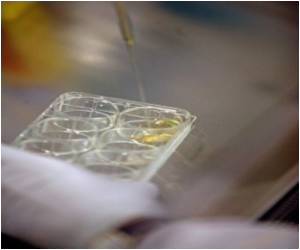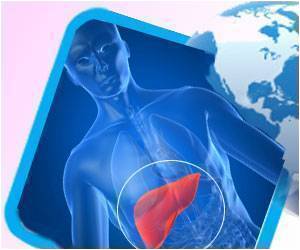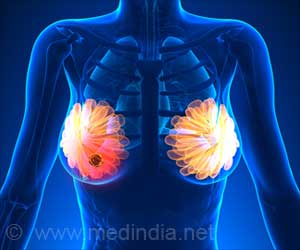Scientists have proposed a new theory about how cancer cells grow and survive.

A large team of researchers at Thomas Jefferson University's Kimmel Cancer Center conducted four new studies.
This new idea also explains why so many cancer patients say that "their cancer is eating them alive" - an accurate observation that has never been understood, the researchers say.
These four new studies provide evidence that tumor growth and metastasis is directly "fueled" by normal supporting cells.
These supporting cells are called fibroblasts, and they produce the stroma (connective tissue) that surrounds tumor cells. As the cancer progresses, increasing numbers of these stromal cells eat themselves to provide recycled nutrients to tumor cells - leading to dramatic weight loss in patients.
They also found that without recycled nutrients provided by fibroblasts, tumor cells are more fragile and die. Based on this breakthrough, the researchers propose that available drugs (now on the market), which sever the "parasitic" connection between tumor cells and fibroblasts, may be effective therapeutics.
They have dubbed this finding "The Reverse Warburg Effect."
"Much of what we know about cancer is backwards because cancer researchers used isolated tumor cells for most cancer studies. Now, when we put cancer cells back in their stromal environment, we see how cancer cells critically depend on fibroblasts for their survival.
The research has been co-published in the September issue of the journal Cell Cycle.
Source-ANI
 MEDINDIA
MEDINDIA




 Email
Email









